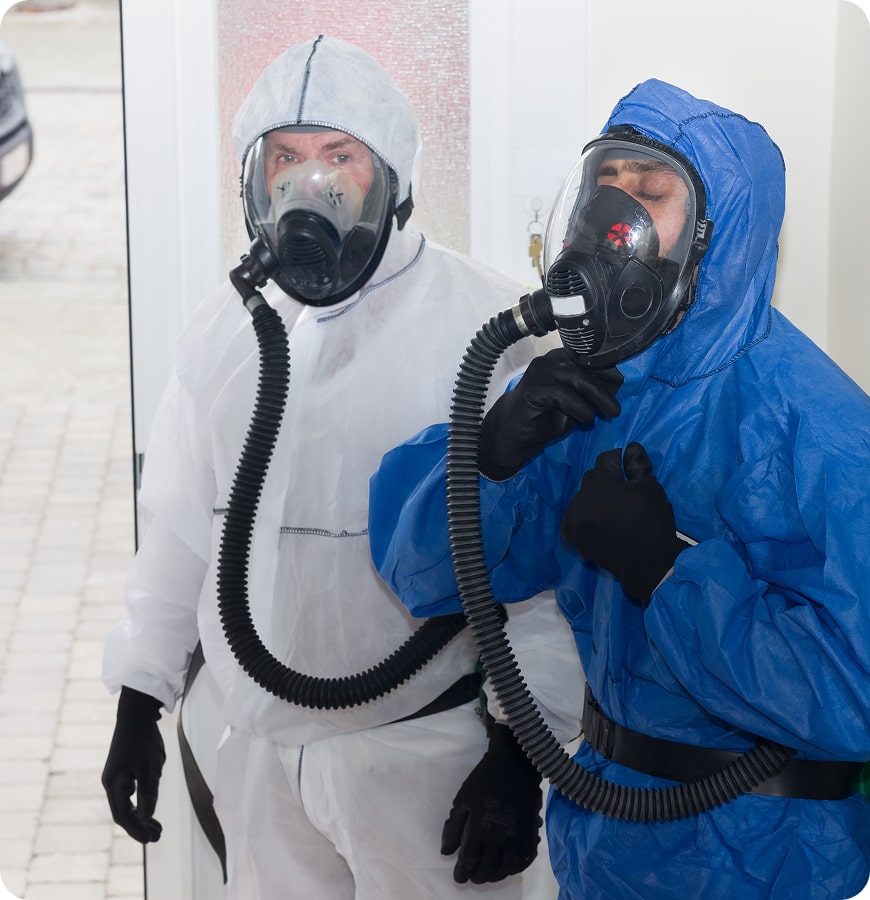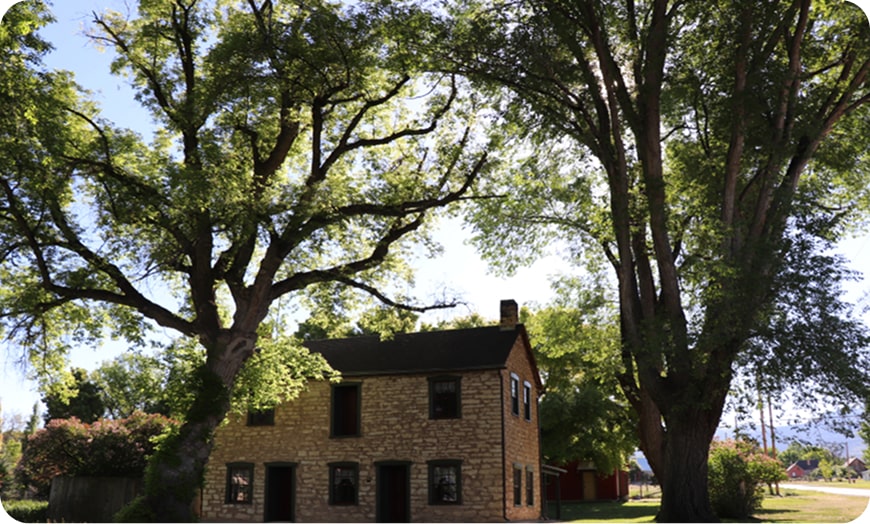



How is testing for asbestos conducted?
We begin by identifying suspect materials. You can collect samples yourself (if safe) or our certified technician can do it. Samples go to an accredited lab, which reports presence and concentration of fibers. You’ll receive a detailed report with our recommendations.
What types of buildings commonly contain asbestos?
Buildings constructed before the late 1980s—residential, commercial, or industrial—often feature asbestos in insulation, flooring, ceilings, and more. Testing is advised for any renovation, demolition, or real estate transaction in older structures.
What protective measures do abatement contractors use?
Licensed professionals use:
- PPE (respirators, disposable coveralls)
- Sealed work areas with plastic sheeting and negative air pressure
- Wetting agents to suppress dust
- HEPA‑filtered vacuums and air scrubbers
Proper waste containment and disposal per federal/local regulations
Do you offer asbestos air testing?
Yes. We provide comprehensive air sampling during and after remediation to ensure fiber concentrations meet safety standards before re‑occupancy.
What are the risks of improper abatement?
Unlicensed or careless removal can release hazardous fibers, increasing risks of lung cancer, mesothelioma, and asbestosis. Always choose a reputable, certified contractor for safe, compliant removal.